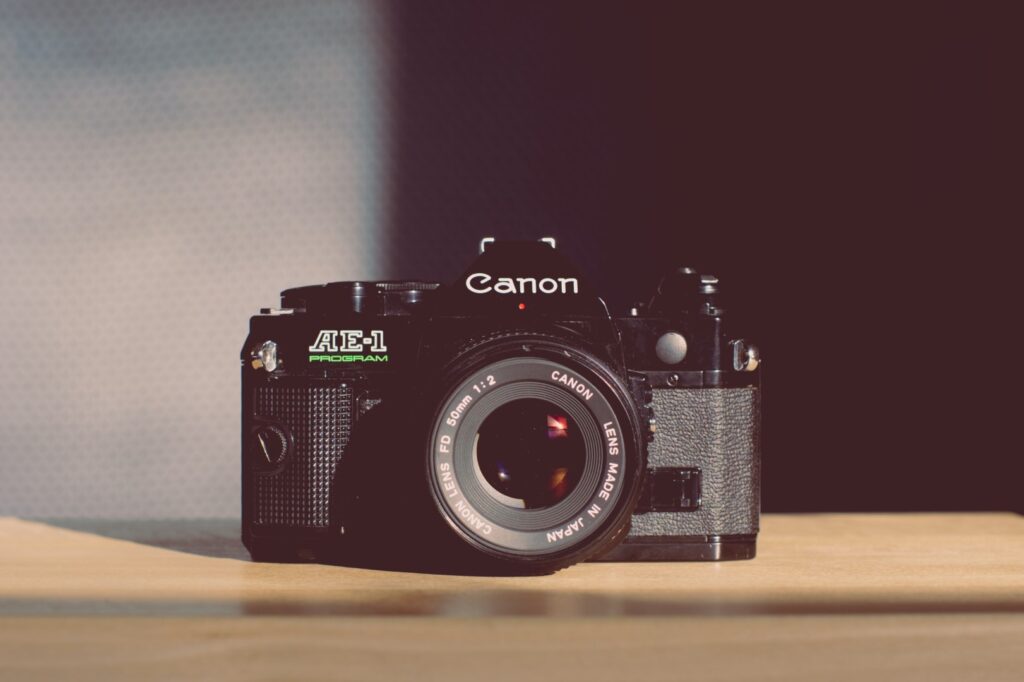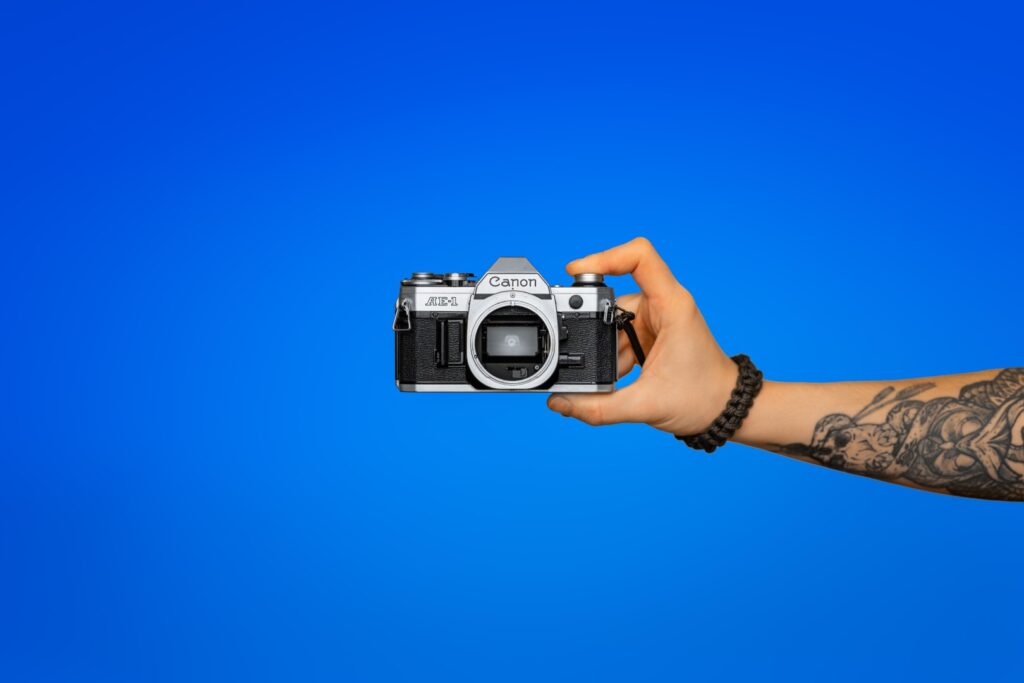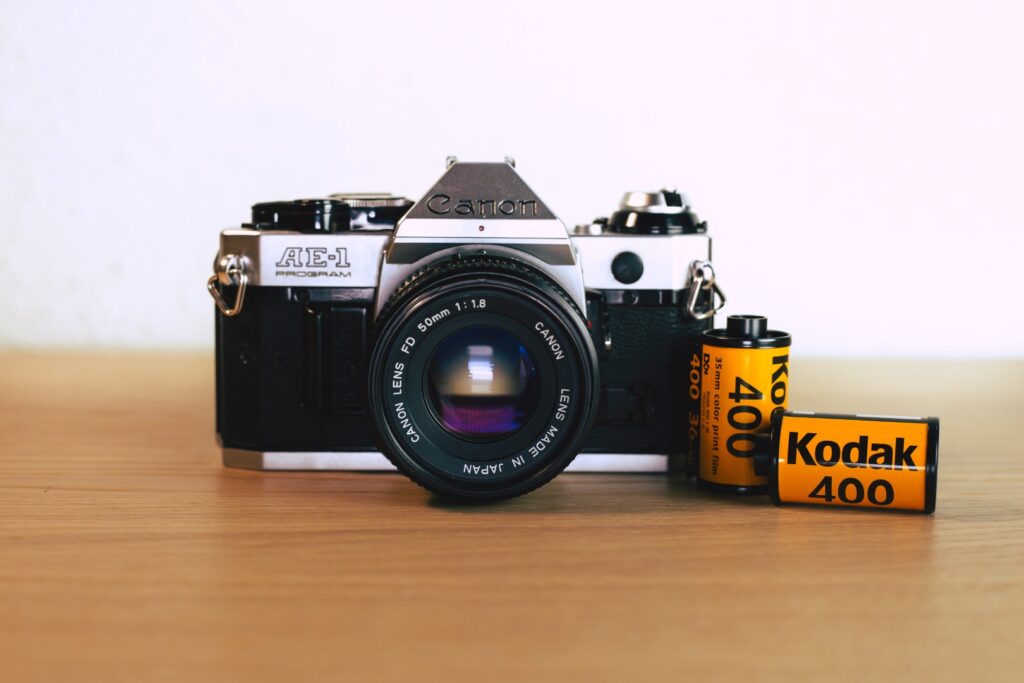In the realm of photography, vintage is never out of style. A key exemplar of this is the Canon AE-1, a legendary 35mm film camera introduced in 1976 that gained widespread popularity for its innovative automatic exposure control and affordability. The AE-1 and its successor, the AE-1 Program, opened the door to advanced photography for amateurs and hobbyists alike.
One of the hallmarks of the AE-1 is its lens system. Canon AE-1 models were built to accommodate FD mount lenses, a line that Canon produced until the late 1980s. These lenses, known for their image quality and wide variety, are still in circulation among photographers who appreciate their unique characteristics. But what happens when you want to pair these vintage lenses with modern digital camera bodies? Can a lens designed for the AE-1 be used on today’s Canon DSLRs, such as those in the Rebel or EOS series? In this blog post, we’ll explore the answers to these questions, diving into the compatibility of Canon AE-1 lenses with modern Canon DSLRs.
Related content on the Canon AE-1/Canon AE-1P:
- The Ultimate Guide to Batteries for Your Canon AE-1 Program
- How to replace the light seals of the Canon AE-1 Program
- Is the Canon AE-1 a good Camera? And other common questions
- Reviewing the Canon AE-1 Program
- Choosing the Best Lenses for the Canon AE1 and AE1 Program: A Comprehensive Guide
Will a Canon AE-1 Lens Fit a DSLR?
Before we directly dive into the answer, it’s important to understand a bit about lens mounts. A lens mount is the part of the lens that physically connects it to the camera body. Different camera brands, and often different camera lines within those brands, have their own unique mounts. The Canon AE-1 uses what’s known as the Canon FD mount, while most modern Canon DSLRs use the EF or EF-S mounts.
Now, can an FD mount lens from a Canon AE-1 fit directly onto a modern Canon DSLR? The straightforward answer is no. The mounts are different, and an FD lens will not fit an EF or EF-S mount without assistance.
This is primarily due to the difference in the flange focal distance, which is the distance from the lens mounting flange to the film plane. In simpler terms, it’s the distance from where the lens connects to the camera to where the image is formed. Canon FD lenses and cameras have a shorter flange focal distance than their modern EF and EF-S counterparts. Because of this, an FD lens cannot focus the image onto the sensor of an EF or EF-S camera without some type of intervention.
While this might initially seem like a roadblock, don’t be disheartened. There are ways to work around this compatibility issue.
What Lenses Are Compatible with Canon AE-1 Program?
The Canon AE-1 Program, like the AE-1, was designed to work with Canon’s FD lenses. When this camera was in production, the FD lens line was extensive and provided a range of options to cater to various photographic needs.
Here are a few popular lenses that were often paired with the Canon AE-1 Program:
- Canon FD 50mm f/1.8: This was the standard lens that often came bundled with the AE-1 Program. It’s great for everyday photography, offering sharp images with a pleasing depth of field.
- Canon FD 28mm f/2.8: A wide-angle lens, perfect for capturing landscapes or fitting a lot into a single frame.
- Canon FD 135mm f/2.5: A telephoto lens, ideal for portrait photography or any situation where you need to get closer to the subject.
- Canon FD 70-210mm f/4: This is a versatile zoom lens that provides a lot of flexibility in framing your shots.
- Canon FD 100mm f/2.8 Macro: For close-up shots, this macro lens offers sharp images and great detail capture.
Also make sure to check out our selection of the best Canon AE-1 lenses.
Using Film Lenses with Digital Cameras
While it’s clear that Canon AE-1 lenses can’t directly fit onto modern Canon DSLRs due to different mount systems and flange focal distances, there’s a popular workaround that has enabled photographers to bridge this gap – lens adapters.
Lens adapters, specifically FD to EF or FD to EF-S adapters, allow photographers to attach their vintage Canon AE-1 lenses onto modern Canon DSLRs. These adapters essentially work by compensating for the difference in flange focal distance, allowing the FD lens to focus light onto the digital sensor of the EF or EF-S camera correctly.

There are various adapters available on the market, and most are relatively affordable. They come with some caveats, though. First, using an adapter often means losing some camera functionalities like autofocus and electronic aperture control. This is because FD lenses were designed for manual operation, long before autofocus was common in lenses. Consequently, you’ll be required to manually focus your lens and adjust the aperture directly on the lens itself, which could be a deal-breaker for some.
Secondly, the quality of the adapter can impact the image. Some cheap adapters may degrade image quality or fail to maintain infinity focus. It is therefore crucial to invest in a good quality adapter to ensure the best possible results.
Does It Make Sense to Use AE-1 Lenses on Rebel or EOS Cameras?
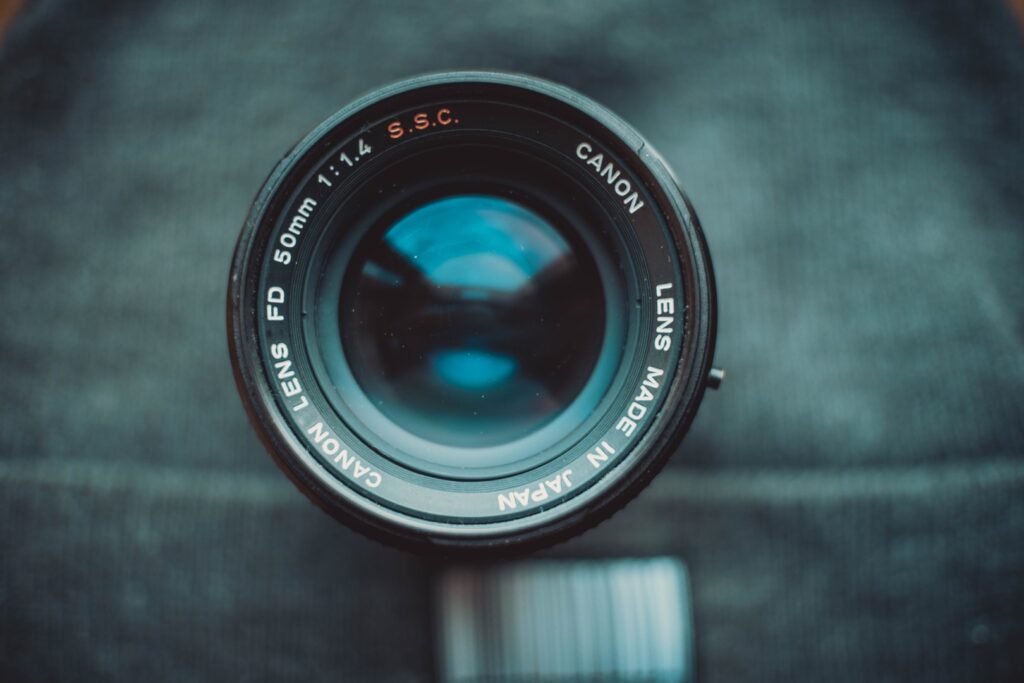
The prospect of combining vintage lenses with modern digital cameras can be exciting for photography enthusiasts, but it’s essential to consider all aspects before going down this road.
Optical Quality and Unique Aesthetic
The optical quality of AE-1 lenses is unquestionably good. They were made during an era when lenses were built with glass elements and metal bodies. The build quality was often robust, and many of these lenses have stood the test of time. However, modern lenses often surpass vintage ones in terms of sharpness, contrast, and other optical characteristics due to advances in lens technology. Using FD lenses on modern Canon bodies can also lead to a unique aesthetic that’s hard to replicate with contemporary lenses. You might find that the ‘look’ you get from a vintage lens fits certain types of photography more than modern glass. It could add a touch of nostalgia to your portraits or give your street photography a distinct, timeless vibe.
The Need for Manual Operation
As mentioned earlier, using a lens adapter may require you to operate your camera entirely in manual mode. This means manually focusing and setting your aperture. Some photographers might find this cumbersome and time-consuming, especially in situations that require quick reactions.
Loss of Autofocus
Losing access to autofocus can be a significant drawback for many photographers. If you’re shooting subjects in motion, such as sports or wildlife, manual focus can be a real challenge. Even in more controlled environments, like portrait or studio photography, achieving precise focus manually can be difficult, especially if you’re not accustomed to it.
Aperture Control on the Lens Itself
In terms of aperture control, modern lenses communicate with the camera body, allowing for precise, incremental changes to the aperture directly from the camera. With an FD lens and an adapter, you’ll lose this functionality. The aperture control will be on the lens itself, and changes to it may not always be as incremental or precise.
Cost Considerations
While FD lenses and adapters can be relatively cheap to acquire, investing in them instead of modern lenses designed for your camera might not always make financial sense. The lens adapter’s quality can significantly impact the image quality, and a high-quality adapter can sometimes cost as much as a lower-end modern lens. Additionally, while vintage lenses can be found at bargain prices, the desirable ones in good condition can fetch high prices.
Compatibility and Usability Issues
Lastly, there’s the issue of compatibility and usability. Even with an adapter, not all functions of your modern Canon DSLR might work correctly with an FD lens. Issues might include incorrect exposure readings, difficulties with metering, and potential vignetting. You may also find that FD lenses are larger and heavier than their modern counterparts, which could impact your shooting experience.
Conclusion: Weighing the Pros and Cons of Using AE-1 Lenses on Modern Canon DSLRs
Deciding whether to pair Canon AE-1 lenses with modern Canon Rebel or EOS cameras is a highly personal choice. This decision will primarily depend on your individual circumstances, shooting style, and your comfort level with manual photography.
Reconsider Buying New FD Lenses and Adapters
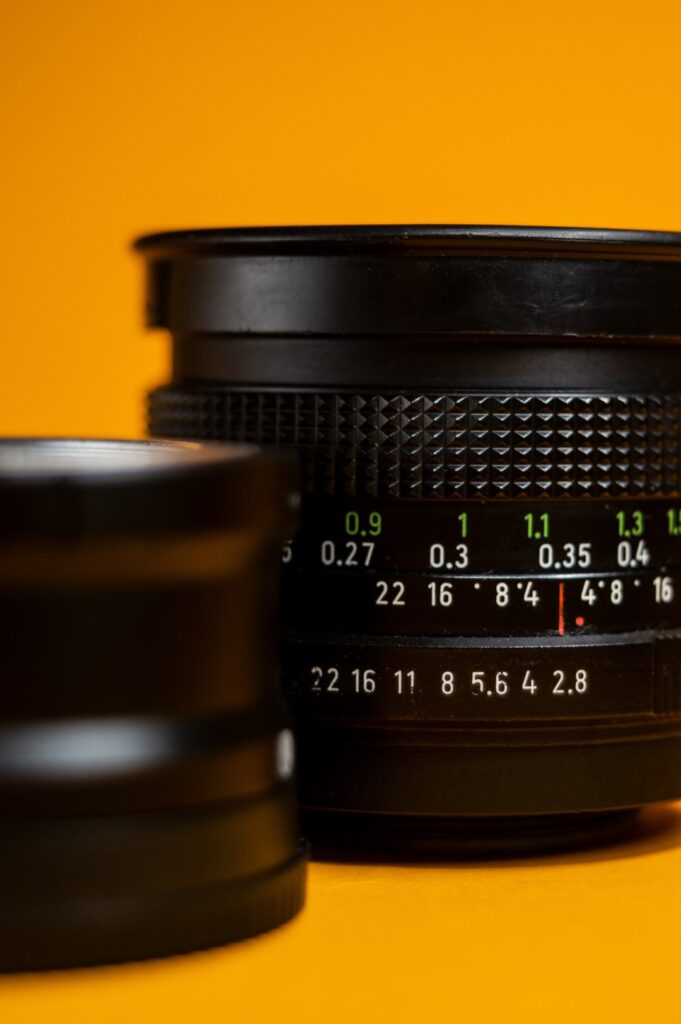
If you are contemplating acquiring FD lenses and adapters expressly for use on EOS or Rebel cameras, it may be wise to reconsider. There are significant drawbacks that can make this option less appealing:
- Need for Manual Operation: This can be time-consuming and not ideal for quick shots.
- Loss of Autofocus: Precise focusing may be difficult, especially with moving subjects.
- Aperture Control on the Lens: Without camera-body control, making precise aperture changes can be challenging.
- Compatibility Issues: Potential issues may include incorrect exposure readings, difficulties with metering, and vignetting.
- Cost: High-quality lenses and adapters can be costly, making this a less than ideal investment.
Furthermore, the optical quality of most modern lenses surpasses that of vintage FD lenses thanks to advances in lens technology. Many in the photography community often discourage such setups due to these inherent limitations.
When You Already Own FD Lenses
On the flip side, if you already have Canon FD lenses or have inherited a Canon AE-1 with a set of lenses, purchasing an adapter to use these lenses on a modern Canon DSLR can be a cost-effective way to enjoy these vintage optics. This relatively affordable experiment can offer a unique shooting experience that modern lenses can’t replicate.
The Benefits of Using FD Lenses on EOS Systems
There are unique benefits to using FD lenses on EOS systems. These include:
- Unique Aesthetic: FD lenses can produce images with a different feel compared to modern lenses – a touch of nostalgia, a hint of timeless charm.
- Distinct Image Quality: Vintage lenses have optical characteristics that are distinct and can’t be replicated with modern glass.
- Manual Photography: For photographers who enjoy the process of manual photography, this setup can offer a rewarding experience despite its slower pace.
To conclude, while the use of Canon AE-1 lenses on modern Canon DSLRs isn’t for everyone, it does offer a unique experience for those willing to work with its limitations. If you already own these vintage lenses, it’s definitely worth investing in an adapter and giving it a try. This blend of old and new might just surprise you.

